Sponsored by AdmesyMay 15 2017
Solid state lighting (SSL) and LEDs, also known as the lights of the future are an efficient technology, consume minimum power and provide long product lifetimes.
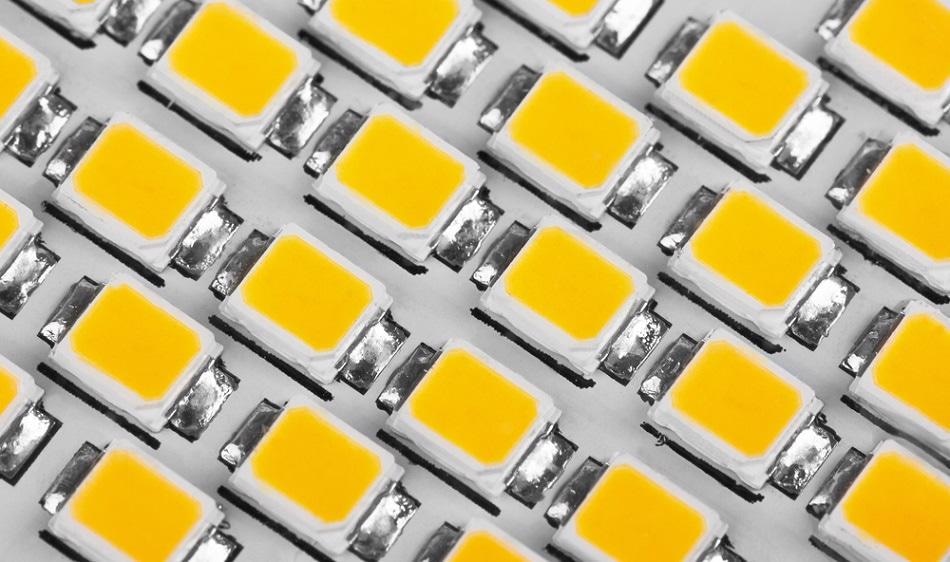
Image Credit: Volodymyr Krasyuk/shutterstock.com
However, the production of SSL and LED products presents a significant challenge due to inherent differences in optical properties such as color, flicker and brightness, even within the same production batches.
In order to obtain a high-quality product, these optical characteristics should be measured during their development and production processes.
This article considers two main measurements —radiance and irradiance. These measurements provide information about the energy intensity of a light source, and they are measured using the rate of flow of radiant energy (radiant flux).
Irradiance is a measure of radiant flux received by a surface per unit area, usually expressed in W/m2 or W/cm2. Radiance is capable of measuring the radiant flux produced, reflected, received or transmitted by a surface per unit solid angle per unit projected area.
With the help of irradiance measurements, researchers can compare and characterize light sources, and measure other values such as power as well as photopic values like lux (flux of photons passing via a given surface area), lumens (flux of photons passing via a given solid angle), and candela (intensity of a light source).
In particular, irradiance measurements help measure the power per unit surface area and irradiance value of an LED or other limited bandwidth light sources. Besides this, the LED’s spectral data is also obtained which can then be used to find out the dominant wavelength and FWHM of the light source.
Other applications include quality control on production lines or as a starting point for color measurements of an emissive sample such as an LED or similar light source.
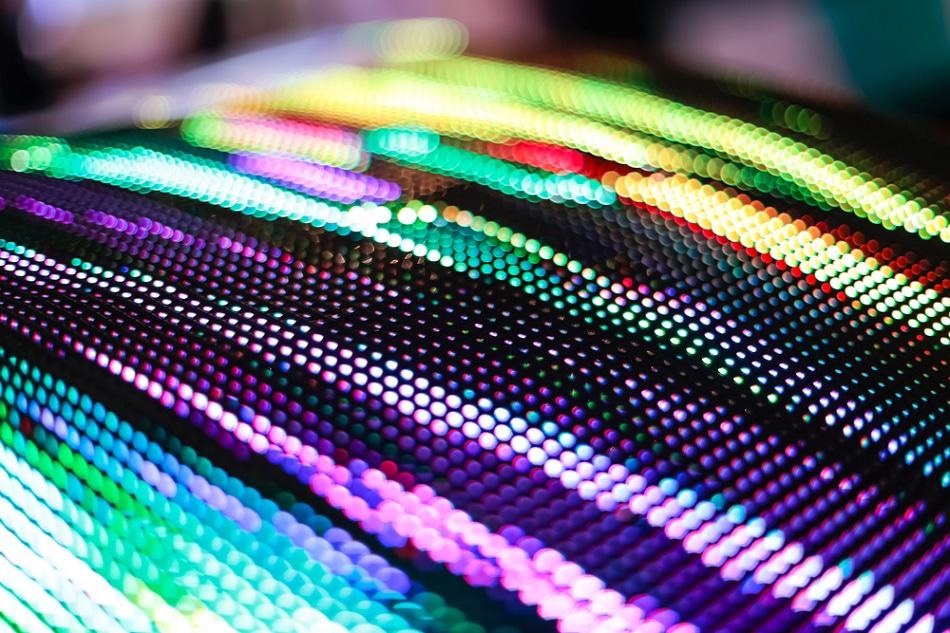
Image Credit: Olexandr Taranukhin/shutterstock.com
How are Spectroradiometric Measurements Taken?
A spectrometer is used to perform irradiance measurements. Light enters the spectrometer’s optical bench through a slit, which determines the amount of light allowed in.
A filter wheel with neutral-density filters is placed in front of the optical bench. This filter wheel reduces the intensity of all wavelengths of light.
Inside, there is a concave mirror which reflects the light towards a grating. This grating disperses the beam into separate wavelengths which are then reflected at different angles with the amount of dispersion determined by the number of grooves on the surface of the grating. The process of collecting and filtering the light is done by the rest of the system.
The sampling optics used with the spectrometer relies on the type of measurements needed, the light sources being studied and the field of view preferred. For instance, a collimating lens is capable of sampling a spot size equal to its diameter.
A Researcher may want to use such a lens for sampling light from a particular location at a distance. A Gershun tube kit will work well when sampling light from a specific field of view as it enables control over the field of view from 1° to 28° using different apertures and configurations.
Generally, the spectrometer is integrated with a cosine corrector for irradiance measurements. The cosine corrector includes optical diffusers that can collect signal from a 180° field-of-view and is good at measuring the amount of light incident on a surface. This is very useful because sunlight or ambient lighting is likely to illuminate surfaces from a wide range of angles.
A spectrometer linked to an integrating sphere can be used to perform irradiance measurements for large and high power light sources. An integrating sphere has a 180° field of view and functions as a diffuser. In addition to irradiance, integrating spheres can suitably measure the total light output of those sources that are fully enclosed by the sphere, like an LED.
The properties of the LED will determine the most appropriate sphere size to use. When compared to small spheres, large spheres tend to have better light distributions because of the relative small geometrical errors objects in the sphere cause.
However, small spheres have the advantage of a relatively high throughput, leading to better signal-noise ratio. For instance, a 75 mm sphere can be used for a single LED bulb, while a 250 mm sphere could suit small LED modules and high-power LEDs.
Intensity and wavelength calibration is important for any light source being studied. Generally, a tungsten broadband reference standard is employed as it works well for NIR and visible wavelengths.
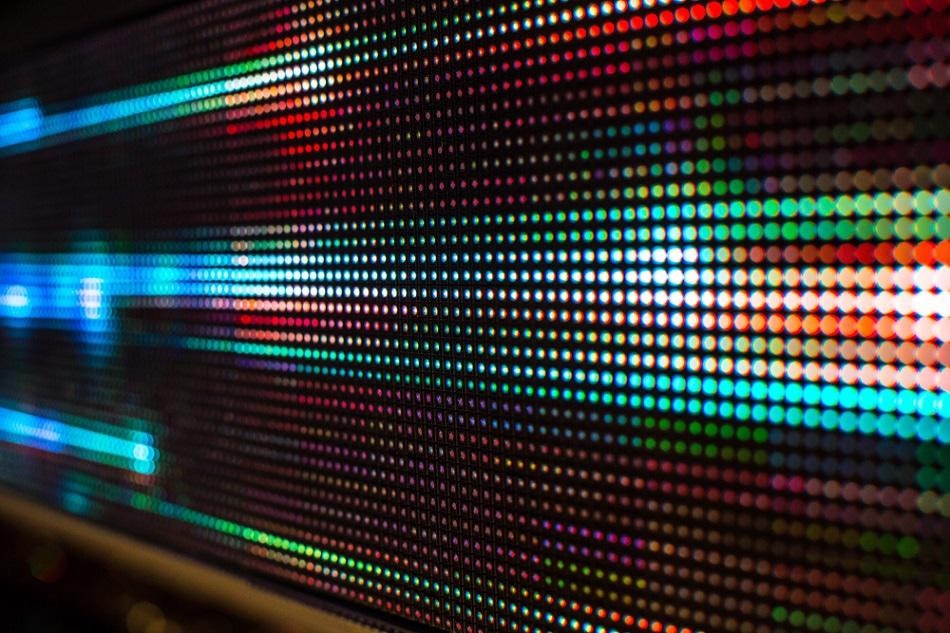
Image Credit: Olexandr Taranukhin/shutterstock.com
Choosing the Right Spectrometer
Whenever radiometric measurements are carried out with a spectrometer on a light source, the reason for collecting the data or the problem under investigation should be known. When taking light measurements, users must pay attention to detail, such as selecting the right sampling optics and calibrating the device.
Keeping these factors in mind, Admesy provides a broad range of spectrometers that are ideal for making radiometric measurements and enable Researchers to choose the most suitable one depending on their specific requirements for research and development and in-line production measurements.
In addition to spectrometers, Admesy provides a host of sampling and measurement accessories for its devices. The range comprises of integrating spheres, collimating lenses, fibers and cosine correctors.
Over the years, Admesy has developed and improved a range of procedures for optic sampling. For instance, a two-step calibration procedure is used when measuring LED products.
However, Admesy has developed a process that involves only a single step based on a tungsten broadband reference standard with blue enhancement filter to resolve the spectral variations between typical spectrum of white LEDs and calibration sources.
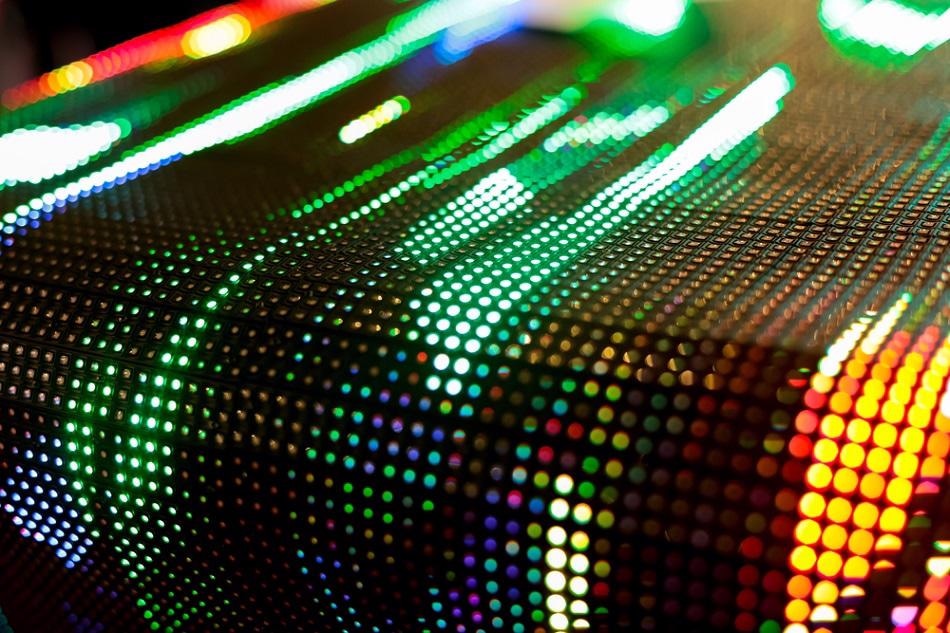
Image Credit: Olexandr Taranukhin/shutterstock.com
The Rhea
Admesy offer the Rhea series, a modular and highly flexible spectrometer that comes with excellent sensitivity. At present, the Rhea series can support detectors for light in the range of 200 to 1100 nm. The company can configure the Rhea spectrometers with almost any slit or grating. High-end CCD detectors are cooled to -10 °C and extra detectors will be shortly available. The Rhea series comes is in a wide range of optical systems using 5, 10 or 20 mm collimating lenses, fiber connectors and cosine corrector to link to the integrating spheres.
This unique flexibility makes the Rhea the ultimate high-end spectrometer for display, lighting, OEM integration and appearance measurements in both lab and production settings. In addition, Admesy provides customized mechanical, electrical and firmware designs as well as system integration support for OEM customers.
Other highlights of the Rhea series include excellent linearity (internally compensated within 1%), high optical throughput design and neutral density filter wheel for large dynamic range and dark current compensated (almost zero over entire integration range).
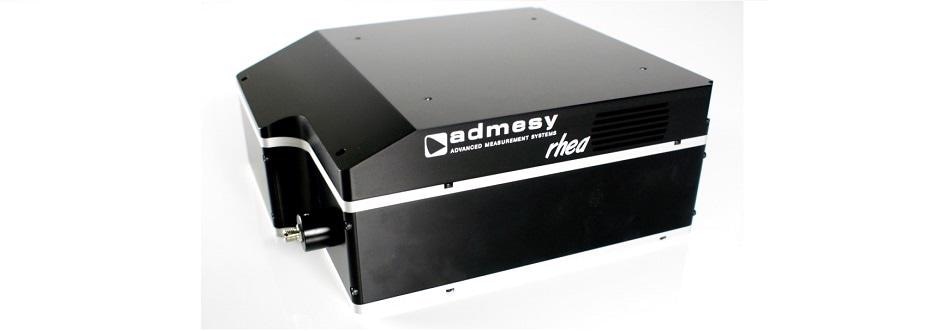
Image Credit: Admesy

 Download the Rhea Brochure for More Information
Download the Rhea Brochure for More Information
The Hera
Admesy’s Hera spectrometer series includes a highly accurate spectrometer that comes with excellent linearity and auto-range function in compact and robust housing. Thanks to this combination, the Hera spectrometer can be employed in many applications ranging from research and development to continuous use in production environments.
The Hera spectrometer comes in three fixed spectral ranges: 200-1100 nm, 360-830 nm and 380-780 nm covering most common spectral measurement ranges. It is available with fiber connectors or a fixed configuration (lens or cosine corrector) to link to integrating spheres and other accessories.
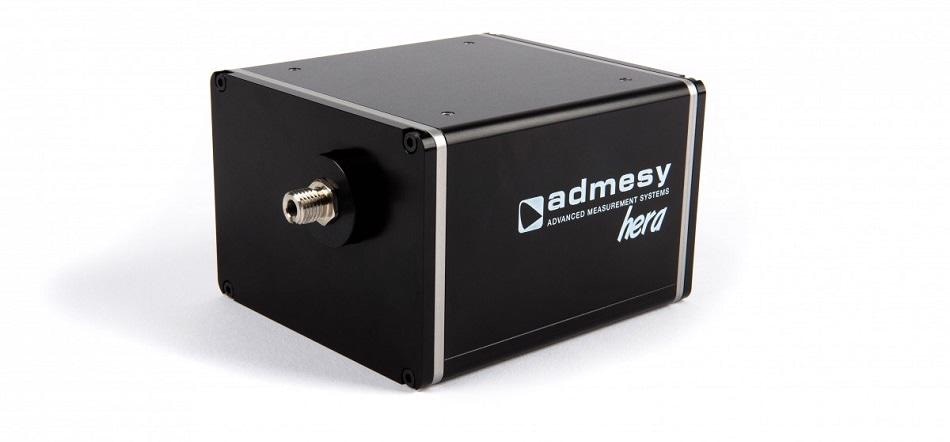
Image Credit: Admesy

 Download the Hera Brochure for More Information
Download the Hera Brochure for More Information
Choosing a Versatile Spectrometer for Radiometric Measurements
The Rhea and the Hera spectrometers are well equipped for radiometric measurements and both have the following features:
- Measures different parameters such as CCT, CRI, Yxy, radiometric and photometric, spectrum, PAR
- Excellent linearity
- Autorange function
- Dark current compensated
- Numerous interfaces (RS232, USB, Ethernet), perfect for system integration
- Internal calculations for most common parameters
- High speed device, SCPI command set, USBTMC compliant
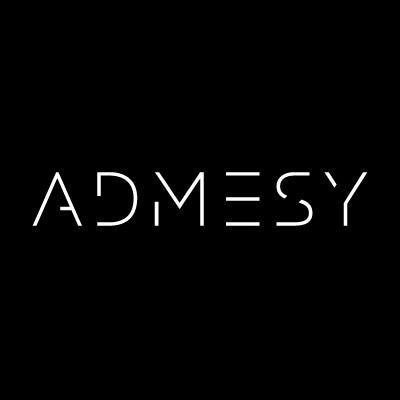
This information has been sourced, reviewed and adapted from materials provided by Admesy.
For more information on this source, please visit Admesy.